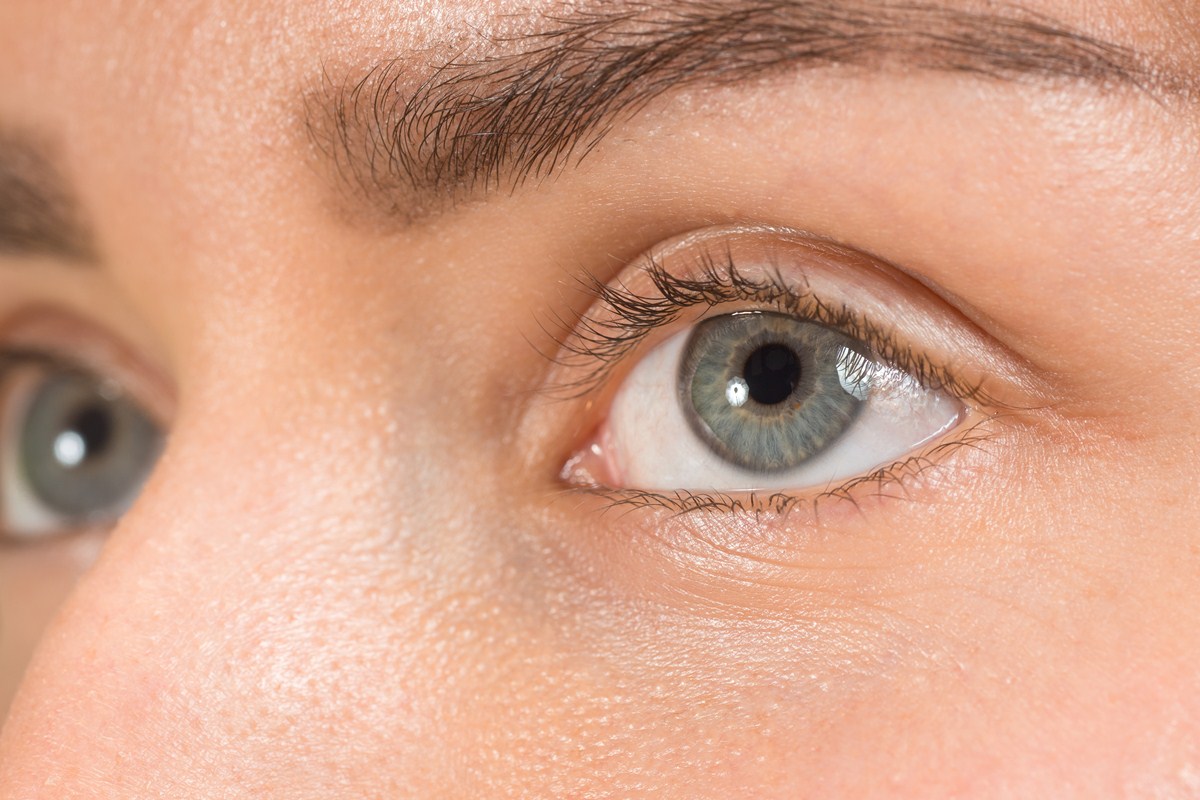
Life-threatening, including Horner's syndrome (which may be due to carotid artery dissection) and oculomotor nerve palsy (due to a brain aneurysm, uncal herniation, or head trauma). This may suggest Adie tonic pupil, pharmacologic dilation, oculomotor nerve palsy, or damaged iris.Ī relative afferent pupillary defect (RAPD) also known as a Marcus Gunn pupil does not cause anisocoria.

In ischemic lesions of the oculomotor nerve, pupillary function is usually spared whereas in compressive lesions the pupil is involved.

Oculomotor nerve palsy: Ischemia, intracranial aneurysm, demyelinating diseases (e.g., multiple sclerosis), head trauma, and brain tumors are the most common causes of oculomotor nerve palsy in adults.Tonic pupil is characterized by delayed dilation of iris especially after near stimulus, segmental iris constriction, and sensitivity of pupil to a weak solution of pilocarpine. It may be associated with loss of deep tendon reflex (Adie's syndrome). Adie tonic pupil: Tonic pupil is usually an isolated benign entity, presenting in young women.Mechanical anisocoria: Occasionally previous trauma, eye surgery, or inflammation ( uveitis, angle closure glaucoma) can lead to adhesions between the iris and the lens.In this condition, the difference between pupils is usually less than 1 mm. Physiological anisocoria: About 20% of population has a slight difference in pupil size which is known as physiological anisocoria.Affecting up to 20% of the population, anisocoria is often entirely harmless, but can be a sign of more serious medical problems.Īnisocoria is a common condition, defined by a difference of 0.4 mm or more between the sizes of the pupils of the eyes. ə, ˌ æ n aɪ-/ Īnisocoria is a condition characterized by an unequal size of the eyes' pupils.


 0 kommentar(er)
0 kommentar(er)
